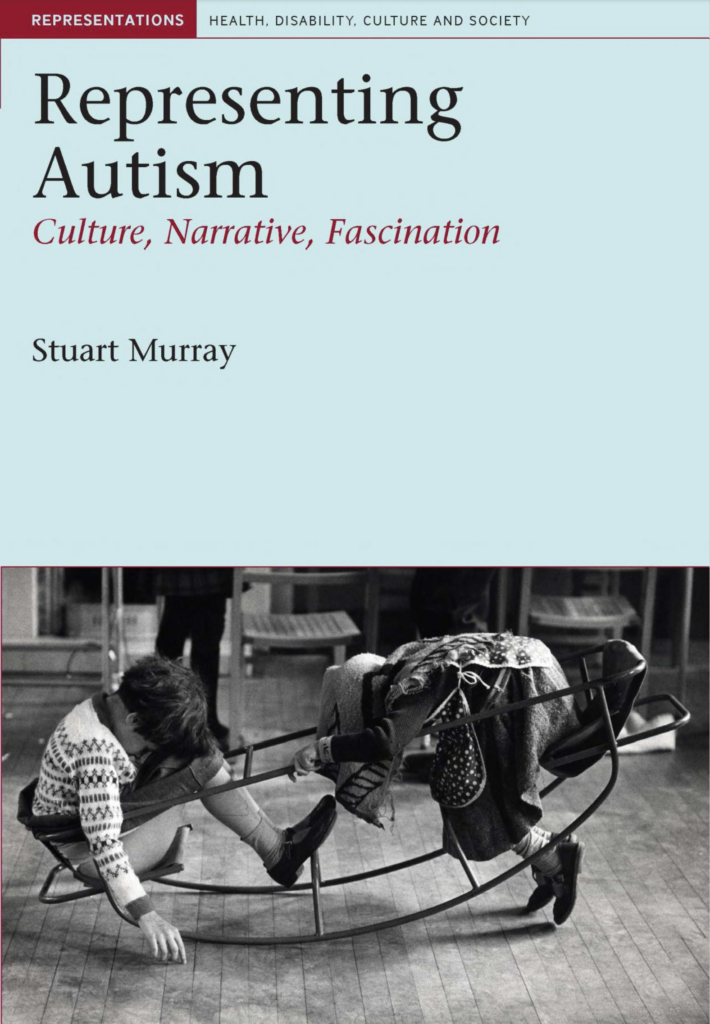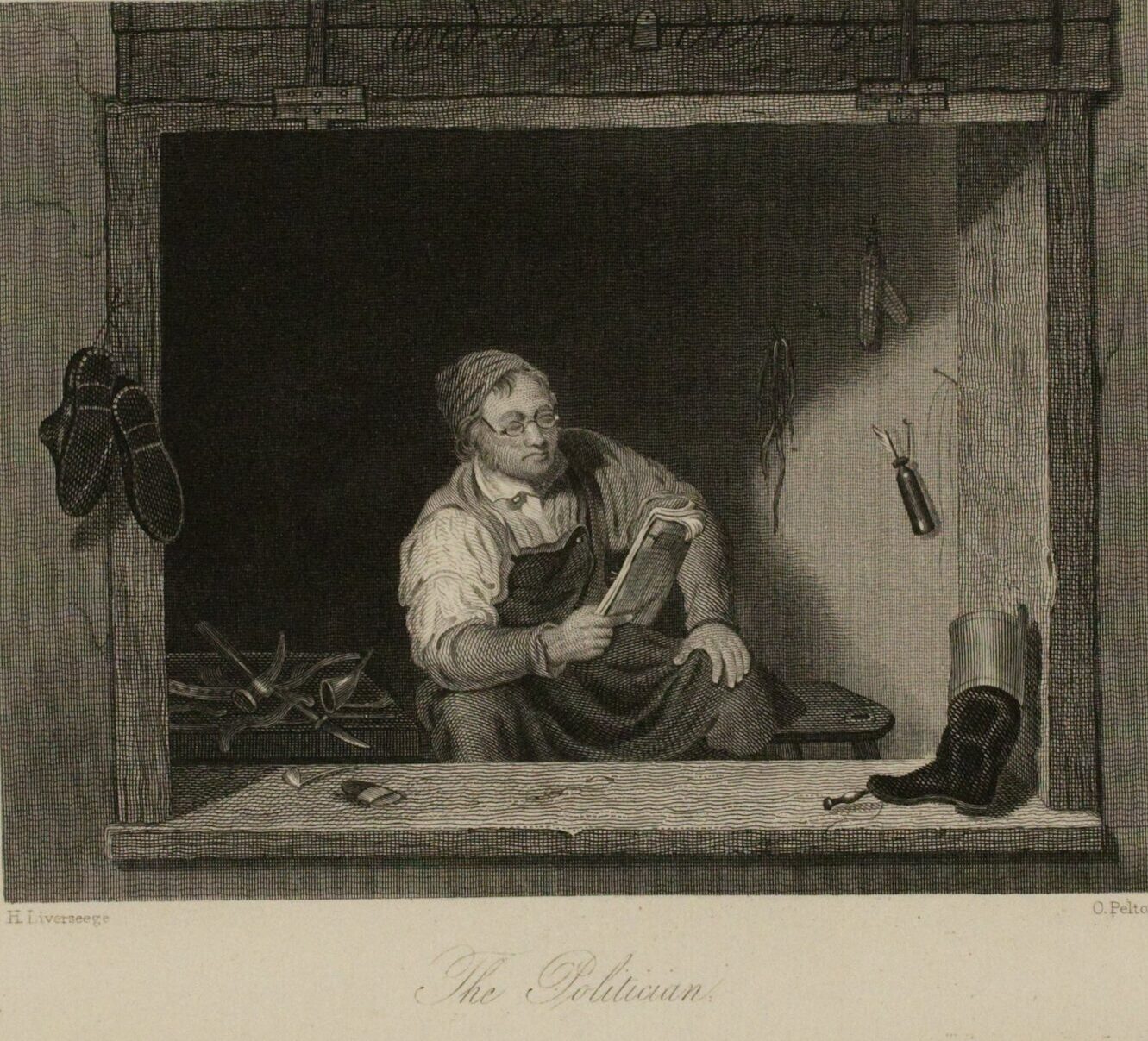Twice in my teaching career, I’ve encountered Herman Melville at the intersection of past and present. When I was an adjunct instructor of English at Pace University’s downtown Manhattan campus, I taught “Bartleby, the Scrivener: A Story of Wall-Street” (1853) in the wake of the “Occupy Wall Street” movement. Because I taught the class in fall 2013, two years after the first protesters gathered in Zuccotti Park, I expected Melville’s story of Wall Street to resonate with students pursuing an expensive education in the financial center of a city still riven by income inequality. I did not expect the story to seem as urgent when I taught it again at Brigham Young University in Utah in 2020. But several months into a course on writing literary criticism in which I used “Bartleby” as the primary text, the COVID-19 pandemic forced the class online. And once again, the story of a “pallidly neat, pitiably respectable, incurably forlorn” scrivener mapped uncannily onto the moment in which I was teaching it. From the bedrooms and living rooms my students converted into makeshift offices in which to conduct remote work, Melville’s “motionless young man” had something to say about our crisis (9). When domestic and corporate spaces collapse into one another, what form of humanity can one extricate from the mess?
Bartleby’s Insights on Complex Embodiment for a Post-Pandemic World
Four years on, a disability-informed reading of “Bartleby” seems to address even more urgently the crises our students face.
Our crises exceeded these, of course, as we and others around the world grappled with mortality, grief, economic loss, food insecurity, homelessness, social dislocation, anxiety, and depression. The first person to die of COVID in Utah was my next-door neighbor, a close friend of our family’s. But as the course staggered on, these crises never seemed to outstrip the capacity of Melville’s story to offer some illustration and commentary, if not relief. One routine assignment was to formulate a conceptual question about the primary text, then to analyze the way two literary critics have approached dimensions of the question, and finally to propose an analytical response to the question which converses with these critical views. This assignment led many students toward the field of disability studies. The backdrop of the pandemic brought to the fore the investment in ideas of complex embodiment within “Bartleby.” As I modeled the assignment for my socially isolated, increasingly anxious, and depressed students, what emerged from the story and two works of literary criticism about it was a model not just for writing but also for living in a liable, contingent world.
Four years on, a disability-informed reading of “Bartleby” seems to address even more urgently the crises our students face. The COVID-19 pandemic has not abated as much as it has settled into cases of chronic illness (including mental illness), which are met mostly with the advocacy and compassion fatigue Melville’s story dramatized in the nineteenth century. Like Bartleby, many of our students in need of accommodations find themselves against the limits of what administrators, teachers, and peers deem “reasonable.” Melville’s story does not offer solutions, but it does suggest to those who experience disabilities exacerbated or caused by the psychic and physical ravages of the pandemic that they are not problems to be managed but rather bearers of hard-won knowledge.

When Herman Melville’s narrator erupts in frustration with his silent, stationary employee, he gives vent to questions at the heart of the story: “What shall I do? . . . What ought I to do? What does conscience say I should do with this man, or rather ghost?” (18). These questions are entangled with another question, whose answer seems to hold the key to the narrator’s problem: what is wrong with Bartleby? If he can identify Bartleby’s defect, the narrator believes he can muster an appropriate response. The story ends with the narrator still searching for the elusive facts that could solve the puzzle of his scrivener’s behavior or calm his own conscience, but his failure in this regard hasn’t dissuaded many readers from pursuing the same questions.
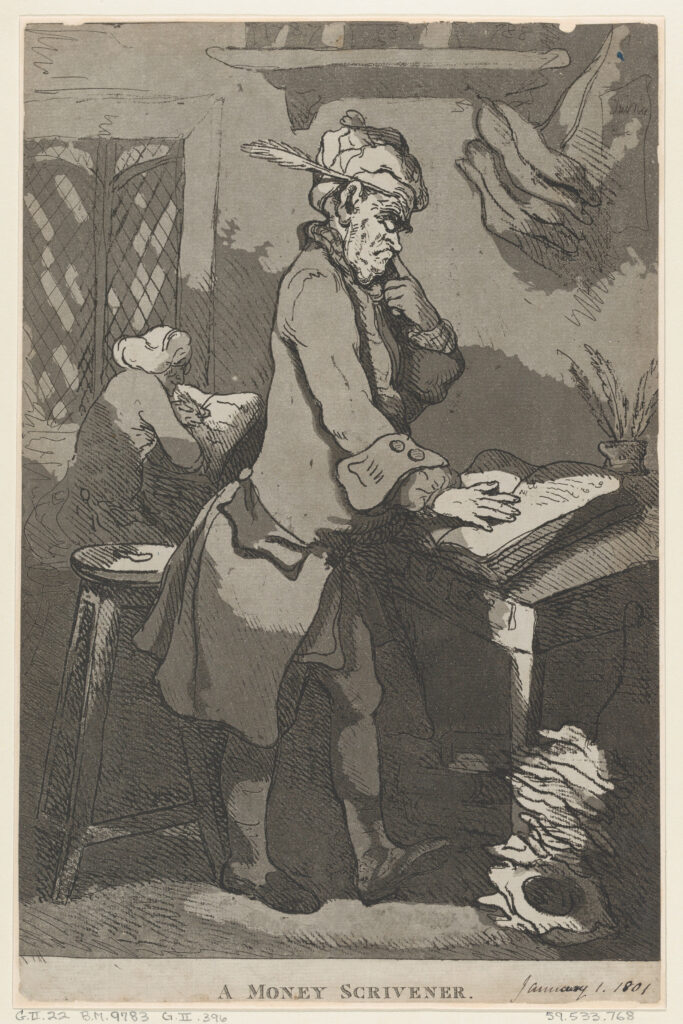
Over the last generation, the field of disability studies has reoriented interpretations of “Bartleby” by disregarding these questions in favor of new ones: What does Bartleby know? And what can readers learn from him? After all, Bartleby’s position at the margins of society, and finally at the margin between existence and whatever lies beyond, gives him access to forms of embodied and existential knowledge many people lack. Since the story goes to such lengths to detail Bartleby’s deviance from the norms of the law office in which he works under the narrator’s employ, such questions imply the distinct possibility that the very fact of human diversity, in all its irreducible variety, can teach us as much about the ultimate mysteries of life and death as we can ever hope to know.
Two critical treatments of Bartleby from the field of disability studies foreground the meanings Bartleby’s presence illuminates, rather than obscures. Kari Nixon’s reading of the short story proceeds from a series of novel (if mostly tacit) assumptions: there’s nothing wrong with Bartleby; the narrator’s obsession, then, with “medical categorization and definition of human individuality rather than accepting and upholding the value of difference” is inexplicable, hinging on unethical; the problems in the story emanate from misguided responses to Bartleby rather than with Bartleby’s behavior; and these responses are a missed chance to appreciate what Bartleby has to offer. Nixon pauses on a few minor interactions in the story that have mostly escaped critical attention and which indicate Bartleby’s inclination to cooperate and comply—if he’s approached on the right terms. As she points out, Bartleby has a range of responses beyond the iconic, confounding phrase “I prefer not to.” But these responses are not always spoken (sometimes, for example, he can be persuaded to “noiselessly slide into view” when called) and so fail to register as meaningful alternatives to the deadlock of human will that ensnares the plot (Melville 7, 16). The responsibility for the failures in “Bartleby,” Nixon concludes, extends to contemporary readers who follow the narrator in making Bartleby into a puzzle to solve. “Instead of hearkening to Melville’s ultimate claims about the value of purely accepting and embracing diversity and inscrutability,” she argues, “we struggle instead to make the inscrutable the comprehensible, and the strange a mere amalgamation of the familiar.”
But Nixon’s conclusions create a dilemma for modern critics drawn to her conviction that Bartleby should be seen—as all humans—as a source of knowledge rather than frustration. Even as she validates Bartleby’s idiosyncratic way of functioning in the world, Nixon asks that we draw a curtain over the very dimension of Bartleby’s identity, his difference, that could show us what only he knows about a meaningful way of being in, and finally leaving, the world. Certainly, as Nixon insists, Bartleby has knowledge worth accessing. But in charging us to respect his “inscrutability,” she leaves readers yearning to discover: what is it he knows?
While Nixon strenuously avoids naming or even fully acknowledging Bartleby’s neurodiversity (as a matter of principle, it seems, she never uses the term “disabled” to refer to the scrivener), Stuart Murray is more willing to study Bartleby’s difference and pursue the critical implications of a rudimentary diagnosis. In a sense, Murray commits the sin for which Nixon faults the lawyer and readers, but he demonstrates that something generative, and even generous, can result from taking up disability itself as a meaningful analytic category. Although he acknowledges that clinical medicine would not recognize the condition of autism until the 1940s and that a fictional character’s disability can never be a realistic portrait, he still notices, “the narrator’s descriptions of Bartleby time and again echo the descriptions of impairments—of communication, imagination, and socialization—that would come to be central to twentieth-century outlines of autism.”
Bartleby’s difference thus named and categorized, Murray is able to explore a more significant concern: “the critical consequences that come with the admission of the fact of a narrative autistic presence, namely the manner in which Bartleby’s subject position then determines the various analytical interpretations that can be mobilized in discussions of the story as a whole.” To ignore—or even scrupulously gloss over—Bartleby’s disability is to deny that it is the presence (or at least the representation) of autism in the story that generates its chief tensions. Crucially, Murray argues, “the story leaves the space of autistic presence undisclosed and open, and invites interpretations that might make sense of it.” Legal, economic, political, religious, humanitarian, and philosophical readings all fall short, for Murray, to the extent that they fail to recognize that it is first and foremost the difference of disability that creates the interpretive space, or the ambiguities, they seek to fill. Bartleby’s autism is an observation or a conjecture, not an argument about the story. But if no meaningful interpretation ends with that fact, Murray argues, any meaningful interpretation begins there.
As they define the critical field in which they intervene, both Murray and Nixon cite a pioneer of disability studies, Rosemarie Garland-Thomson, who helped frame the terms of a field that insists we see people like Bartleby “not as objects of study but as knowledge producers.” Garland-Thomson was featured prominently in a section of a 2005 PMLA issue, edited by Michael Davidson, Tobin Siebers, and Rosemary Feal, that articulated the grounding assumptions and radical potential of the emerging field. It begins with a reappropriation of the term “disability,” which can no longer mean “defect.” Simply put, Garland-Thomson proposes, “Disability is a story we tell about bodies. It is a received yet pliable story that changes over time and across place.” Once we understand the narrative origins of the category, we recognize that disability, like other matrices of identity, is constructed in specific environments and in response to specific needs and desires. As a guiding principle, “disability studies points out that ability and disability are not so much a matter of the capacities and limitations of bodies but more about what we expect from a body at a particular moment and place.”
When we understand these features of disability, we begin to grasp the proposition at the heart of the field: “Every life devolves into disability, making it perhaps the essential characteristic of being human.” Death is the breaking of the body’s vital organs, whether slowly or suddenly. Just as there is no life without death, there is no death without disability. Disability studies reframes our understanding of “inscrutable” characters like Bartleby, but more tellingly, it also stands to reveal to us the inscrutable reaches of our own pasts, possible presents, and certain futures.
With these convictions of disability theorists in view, we can return much more fruitfully to the question of what knowledge Bartleby has on offer. Both Nixon and Murray lead us to this question without answering it, leaving us the important work of grappling with possible responses. If we understand that Bartleby occupies the position of a subject experiencing disability and facing death, and that we will each come to occupy the same position (if we don’t already), he emerges as a kind of guide. The pandemic startled many people who were serene in illusions of their health and ability into a heightened awareness of their physical vulnerability. The margin of human experience in which Bartleby exists is also a precipice, which commands a view we all will see. What will we behold, and how can we possibly prepare?
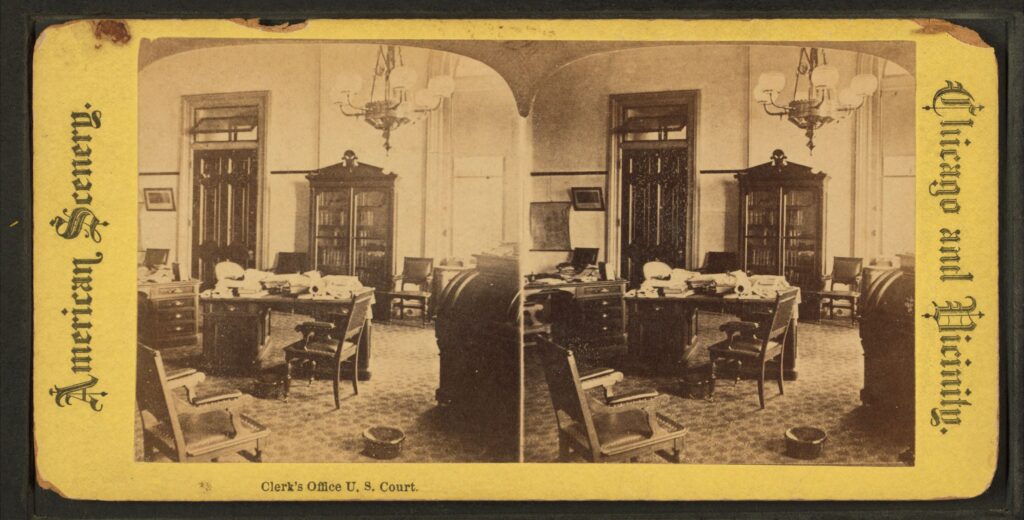
Bartleby’s position gives him incomparable authority on the question. He is a young man in the last few months of his life. The urgency of his mortality sneaks up on the reader, as it sneaks up on the narrator. Does it sneak up on Bartleby? Probably not. One has a strong sense of Bartleby as someone who understands and deeply feels the facts of his own disability and untimely death. His characteristic responses to others can be seen as his strategies for managing this knowledge. “When disability enters our lives, often our only available responses are silence, denial, shame, or determined and desperate vows to ‘fight it,’” Garland-Thomson observes. If we imagine Bartleby’s silence as bound up in denial or possibly shame around a disability he recognizes but lacks the medical lexicon to fully comprehend, it takes on a semantic complexity. We begin to realize the stunning depth of knowledge this silence covers when Bartleby has his last conversation with the narrator. He is incarcerated, emaciated, hours from death. He stands at the edge of an unfathomable beyond. His short life is all but behind him, and eternity stretches ahead. To the narrator, he says simply, “I know where I am” (30).
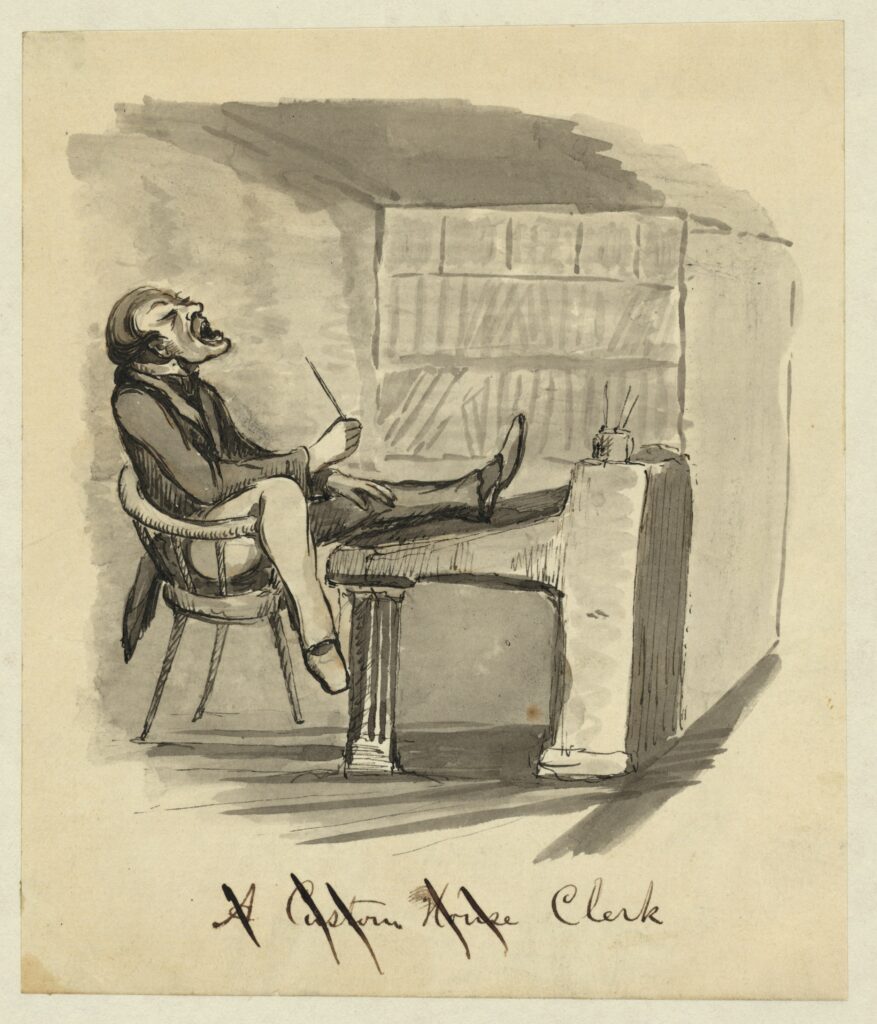
This is Bartleby’s singular gift, one borne of his preference to be stationary (quarantined, we might even say), to become one with a place to such an extent that he cannot be extricated from it. When he stands at the threshold between disability and death with this knowledge, we finally understand that the places with which he’s so familiar are the very places most of us, including the narrator, spend our lives trying to avoid. Who wants to dwell on, much less in, chronic suffering, physical deterioration, mental distress, the agony of our final hours? Any sane person runs from the thought. But Bartleby’s expertise derives from the fact that he is not, from an ableist perspective, sane. He has occupied the position of disability as he now occupies the position of dying, and he knows where he is. With something more than sanity, Bartleby has learned how to domesticate, and then inhabit, the inhospitable. This is knowledge worth recruiting, especially in an era of long COVID and rising rates of other chronic illnesses. To come to know foreboding places, and to learn how to live in them, is what it means to be human.
Further Reading
Daniel Diez Couch and Michael Anthony Nicholson, “Silent Eloquence: Literary Extracts, the Aesthetics of Disability, and Melville’s ‘Fragments,’” Leviathan 23, no. 1 (March 2021): 7-23.
Michael Davidson and Tobin Siebers, “Introduction: Conference on Disability Studies and the University,” PMLA 120, no. 2 (2005): 498-501.
Rosemarie Garland-Thomson, “Disability and Representation,” PMLA 120, no. 2 (2005): 522-27.
Herman Melville, “Bartleby, the Scrivener: A Story of Wall-Street,” in Melville’s Short Novels, ed. Dan McCall, 1st ed. (New York: W.W. Norton & Company, Inc., 2002), 3-34.
David T. Mitchell and Sharon L. Snyder, Narrative Prosthesis: Disability and the Dependencies of Discourse (Ann Arbor: University of Michigan Press, 2000).
Stuart Murray, Representing Autism: Culture, Narrative, Fascination (Liverpool: Liverpool University Press, 2008).
Kari Nixon, “If You Don’t Know Me by Now: The Failure of Care in ‘Bartleby, The Scrivener,’” Disability Studies Quarterly 34, no. 4 (2014): np.
Samuel Otter, “Introduction: Melville and Disability,” Leviathan 8, no. 1 (March 2006): 7–16
Tobin Siebers, Disability Theory (Ann Arbor: University of Michigan Press, 2008).
This article originally appeared in June 2024.
Mary Eyring is an Associate Professor of English and American Studies at Brigham Young University, where she teaches courses on early American literature, early American studies, and disability theory. Her book Saltwater: Globalizing Early New England Grief will be published by the Omohundro Institute and the University of North Carolina Press in 2025.





